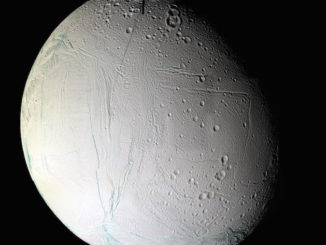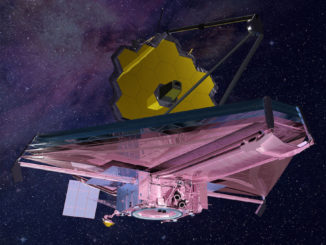
Enceladus

News

News

Picture This

News

News

News

Picture This

News

News

Picture This
